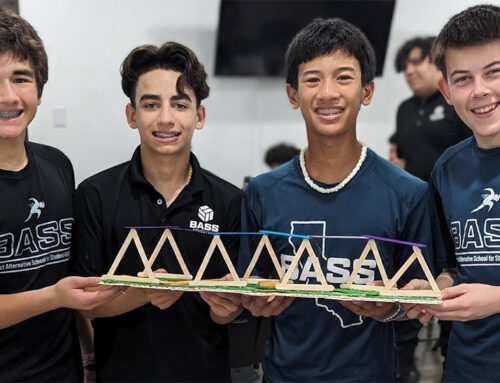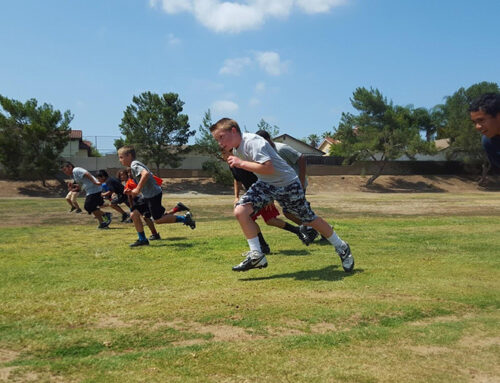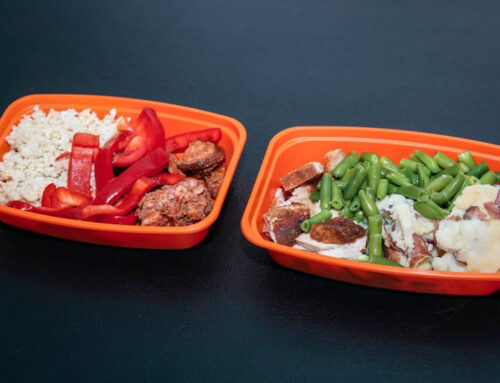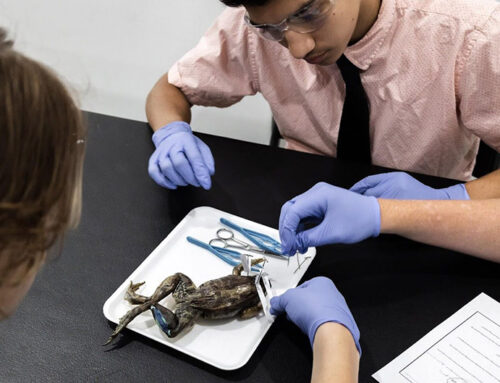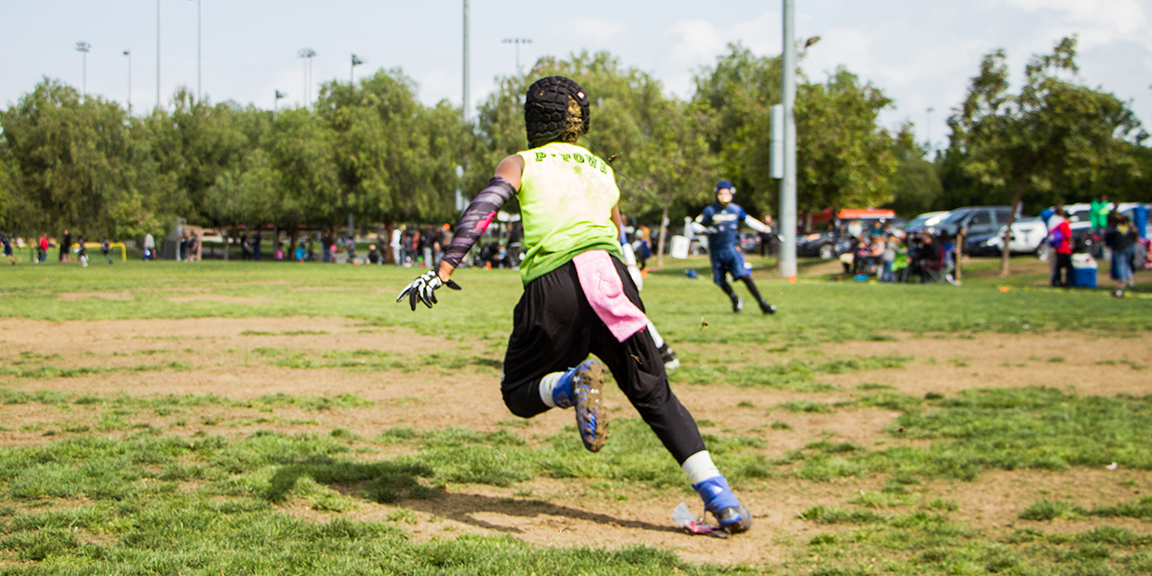
Injuries can be detrimental to the development of youth athletes, and really any level of athlete for that matter. They can set you back weeks, months, and even years. Not to mention the effect injuries can have on their mental state as they build the confidence needed to get back to competing at a high level. Injuries come in varying degrees, and can affect bones, muscle tissue, nerves, ligaments and tendons. Here at the Boost Performance Center in Corona CA we know that of all injuries, the one seemingly every athlete fears most is a torn ACL (anterior cruciate ligament) of the knee. Returning to play after an ACL injury takes time and a methodical approach that ensures full range of motion of the knee, strength, and power has been restored to pre injury levels.
Medical advancements have made the recovery period for post-op ACL injuries a lot faster compared to a decade ago. I’ve seen athletes begin competing again as quickly as 7 months post-op compared to what was once at least a year of rehab and recovery. Missing game time, losing the starting job, or fear of regressing are all major contributors to youth athletes and their parents wanting to get back to the game again, but this can come at an extraordinary cost. When an athlete hits the field too soon this can lead to even more injuries that can surface either immediately or in the future. Neither option is a recipe for long term success in sports.
Getting back to competitive levels off an ACL injury requires the 2 P’s: patience and planning. Renowned strength coach Al Vermeil developed a process which he referred to as the return to play test. The goal of this methodical approach to recovery is to get post-op athletes to re-establish their ability to react to the ground surface. More specifically, the need to apply force against the ground in the shortest amount of time, or rate of force development (RFD). The return to play test is actually very simple, and begins with assessing an athletes passive & active ROM in the affected knee (bringing the affected legs heel to the butt). Of course, athletes must also obtain clearance from their doctor to begin weight bearing activities.
Return to Play Test
- 1. Knee active & passive ROM has been achieved.
- 2. Strength test: knee extension & single leg stability. (If pass move on to #3, fail 2a)
- a. Strength program
- 3. Power testing: jumping/landing (If pass move on to #4, fail 3a)
- a. Power program participation
- 4. Plyometric testing: Bounds, skips, continuous jumps (if pass move on to #5, fail 4a)
- a. Plyometric training program
- 5. Speed/Change of direction testing: Acceleration & max speed, cutting, lateral movement and COD. (If pass move on to #6, fail 6a)
- a. Speed/COD program
- 6. Return to play: Training→ Practice→ Play
Clearly these parameters should be executed by a well trained & certified strength/performance coach who knows how to identify faulty movement patterns, limb asymmetries, and movement compensations. As a parent of a youth athlete this will at least give you clear and concise guidance on what process needs to be taken and how to ask the right questions and have productive conversations regarding getting your athlete healthy, and back to competition.
For more information check out our Programs, or Contact us directly at the Boost Performance Center in Corona, CA.
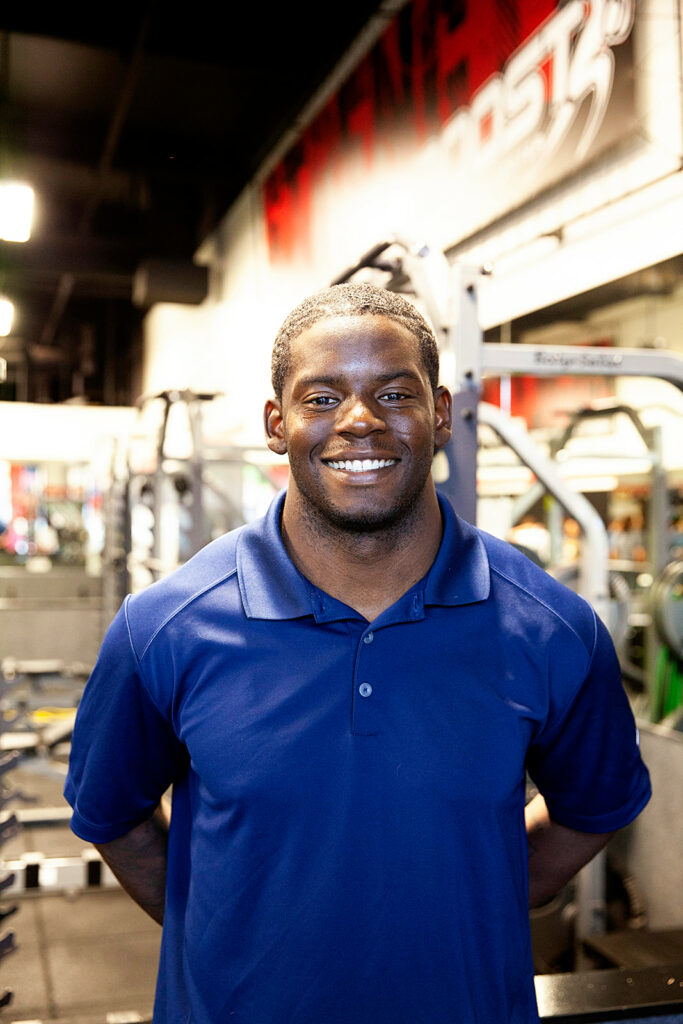
Level 1 & 2 Coach Bommarito Performance
CSCS / USAW

